Ad

Apple iPhone over the years: Part 2
12,039 views
Follow Us:
12,039 views
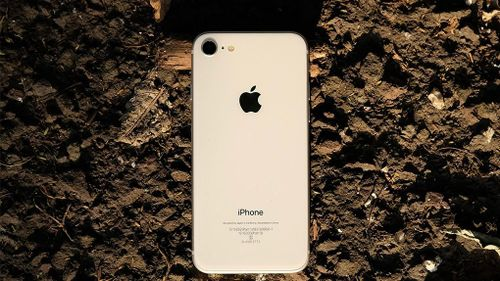
2017 marked 10 years of iPhone. The iPhone 8 and iPhone 8 Plus were not something people were anticipating for the big milestone, instead they were just the refresh to the same three year old design. This was basically the S update for the iPhone 7 series. The iPhone 8 series came with improved hardware, camera system and return to the Glass back after it was removed since iPhone 5, the glass back was to include charging coil for wireless charging. The lackluster upgrades to the iPhone 8 and iPhone 8 Plus was fine because of what Apple introduced next.
Apple iPhone X: iPhone Reimagined
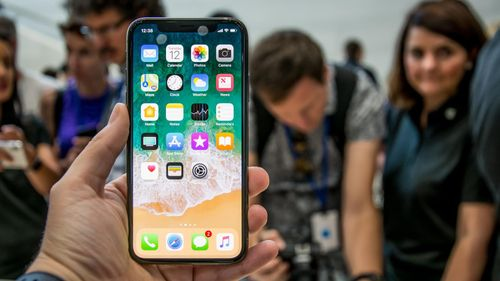
The iPhone X (that’s a 10 and not the letter X) was something Apple fans had never seen before. It was a major departure from all the previous iPhones. By removing the home button, using an OLED display stretched from edge to edge and introduction of FaceID, the iPhone X was a worthy product to mark 10 years of revolution. The iPhone X’s chassis was made up of stainless steel for a premium feel. The iPhone X was one of the first phones to start around a thousand dollars and unfortunately the massive success of the iPhone X inflated the price of all the high end smartphones. The iPhone X’s redesign was so much ahead of its time that even the current iPhone models follow a similar design.
iPhone XS and iPhone XS Max: Bigger Than Plus
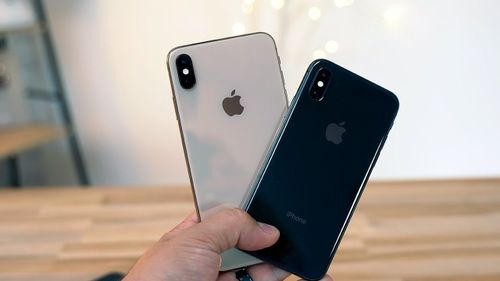
This was another S year for the iPhones, the iPhone XS looked exactly the same as its predecessor and brought minor improvements to the performance and camera system. Where Apple was initially hesitant to build a plus-sized smartphone, in 2018, they embraced the large sized design by introduce=ing the iPhone XS Max.
iPhone XR: The Value Option
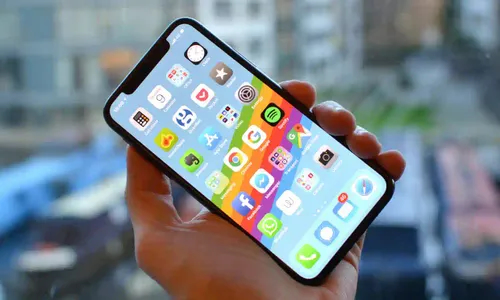
The iPhone XR was to the iPhone XS what the iPhone 8 was to the iPhone X. It was the lower end model which packed almost the same specs as the premium option and opted for a simpler camera system and aluminium chassis to meet the lower price tag. The iPhone XR also featured a downgraded LCD display instead of OLED and lacked the support for 3D Touch. Still, the iPhone XR brought the newer design to the mainstream lower end iPhones with a reasonable price.
iPhone 11: Value Increased

The iPhone 11 was the main design for 2019 by Apple. The smartphone was largely similar to the iPhone XR and came with an extra ultrawide camera and the launch price was also reduced compared to the iPhone XR.
iPhone 11 Pro and iPhone 11 Pro Max: The Professional Phone

Along with the vanilla iPhone 11, Apple launched the first Pro iPhone devices, the iPhone 11 Pro and the iPhone 11 Pro Max. While being the successor to the iPhone XS and the XS Max, the 11 Pro series were quite different in design. It came up with a new ultrawide camera to complement the main and telephoto camera, supported fast charging, had a matte finish instead of glossy and introduced an all new gorgeous midnight green colour.
iPhone SE (2020): Lightning Does Hit Twice
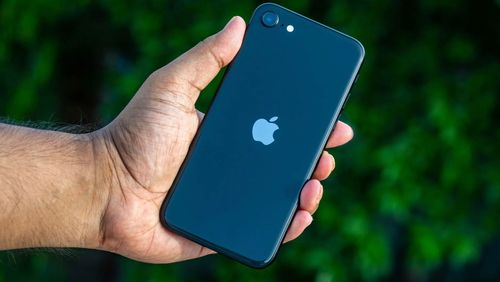
Kept on a table, most will mistook the iPhone SE (2020) for the iPhone 8. Other than the improved internals and a better camera, Apple iPhone SE (2020) was largely the same as the iPhone 8. With the iPhone SE (2020), Apple used the same tactics they used with the first SE model and provided a cheap entry point for the Apple ecosystem.
iPhone 12 and iPhone 12 Mini: Happiness In Small Things
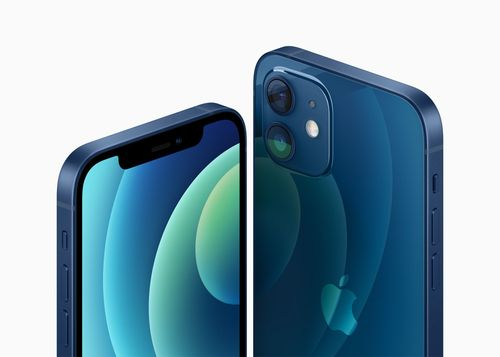
iPhone 12 series reintroduced the flat edged, glass-metal sandwich design last seen on the iPhone 4S. The nostalgia did not end with the older design, instead Apple also released a true compact smartphone as the iPhone 12 Mini. Both the iPhone 12 and 12 Mini introduced 5G capabilities to the iPhones and all new MagSafe features for charging and docking using the magnets. The introduction of the iPhone Mini made fans of small sized smartphones rejoice. It also put pressure on other companies to put out small sized smartphones with all the latest techs.
iPhone 12 Pro and iPhone 12 Pro Max: Photography Powerhouse
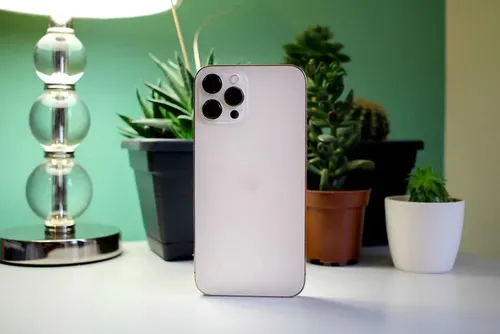
The Pro variants for the iPhone 12 series have several extra features over the vanilla variants. The similarly designed build was made up of much more premium stainless steel and featured a matte finish on the back instead of glossy. The camera system had a LiDAR sensor for 3D mapping applications and to assist with the portrait mode. The Pro models could also shoot ProRes RAW photos. The iPhone 12 Pro Max came with another size bump with a huge 6.7” screen.
iPhone 13 and iPhone 13 Mini: Refining Little Things

The iPhone 13, which is similar to the 12 in every regard, could have easily been a "S" year device. The camera lenses were reorganised in a diagonal alignment rather than a vertical one, and the sensors used were basically taken from last year’s iPhone 12 Pro series though there are only two of them, the main and the ultrawide unit. In comparison to the 12, Apple did improve the battery life on both of the 13 models, and the company finally stopped offering its flagships with 64GB of storage by making 128GB the new entry size.
iPhone 13 Pro and iPhone 13 Pro Max: The Ultimate Powerhouse

If watched separately, the iPhone 13 Pro and the 13 Pro Max looks identical to the yesteryear’s iPhone 12 Pro duo. But next to each other you will start to notice the minor differences between them. The camera system has been increased in size and depth, the new camera system has had improvements throughout, the telephoto lens is now 3x compared to the older 2x or 2.5x, the low light performance also saw a huge improvement on the ultrawide and telephoto camera. The video capabilities also saw performance boost and inclusion of new features like the ProRes footage and Cinematic Mode. From the front, the notch size was reduced and Apple finally brought the ProMotion high refresh rate to the iPhone.
iPhone SE (2022): Stale Formula

The latest smartphone from Apple was the third generation of the iPhone SE which looked exactly the same as the previous iPhone SE (2020). It did receive improvements under the hood with the same A15 processor seen in the flagship iPhone 13 series. The third generation SE device was not as successful as the previous generation because of the increased price and Apple still releasing it with 64 GB base storage.
iPhone 14 Series
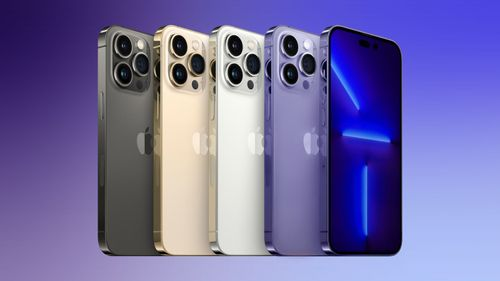
Apple has announced its “Far Out” event where it is expected to reveal the next generation iPhones on September 7. Rumours suggest that Apple will ditch the Mini version of the vanilla model and introduce a new vanilla Max model. To know more about the upcoming iPhone models check our story by clicking here, and to know more about the next iPhone event click here.
Latest News
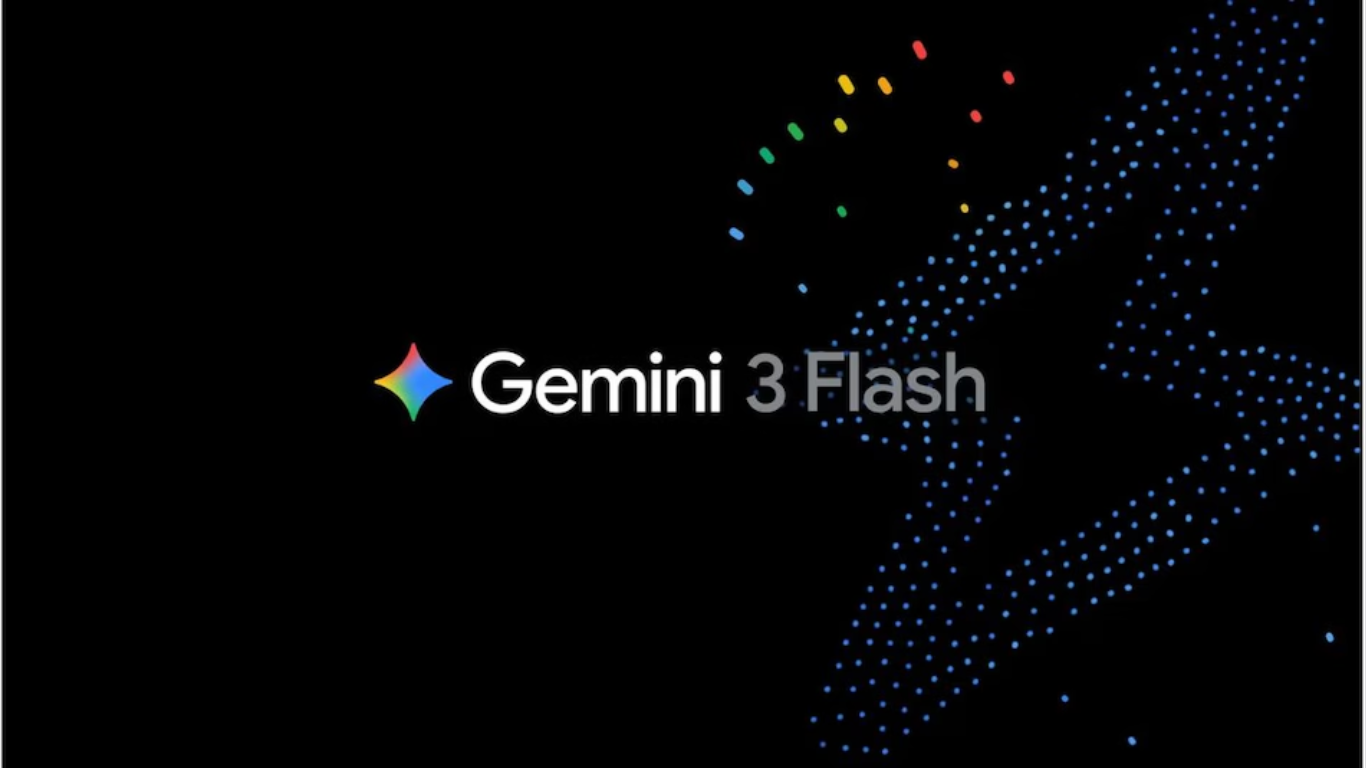
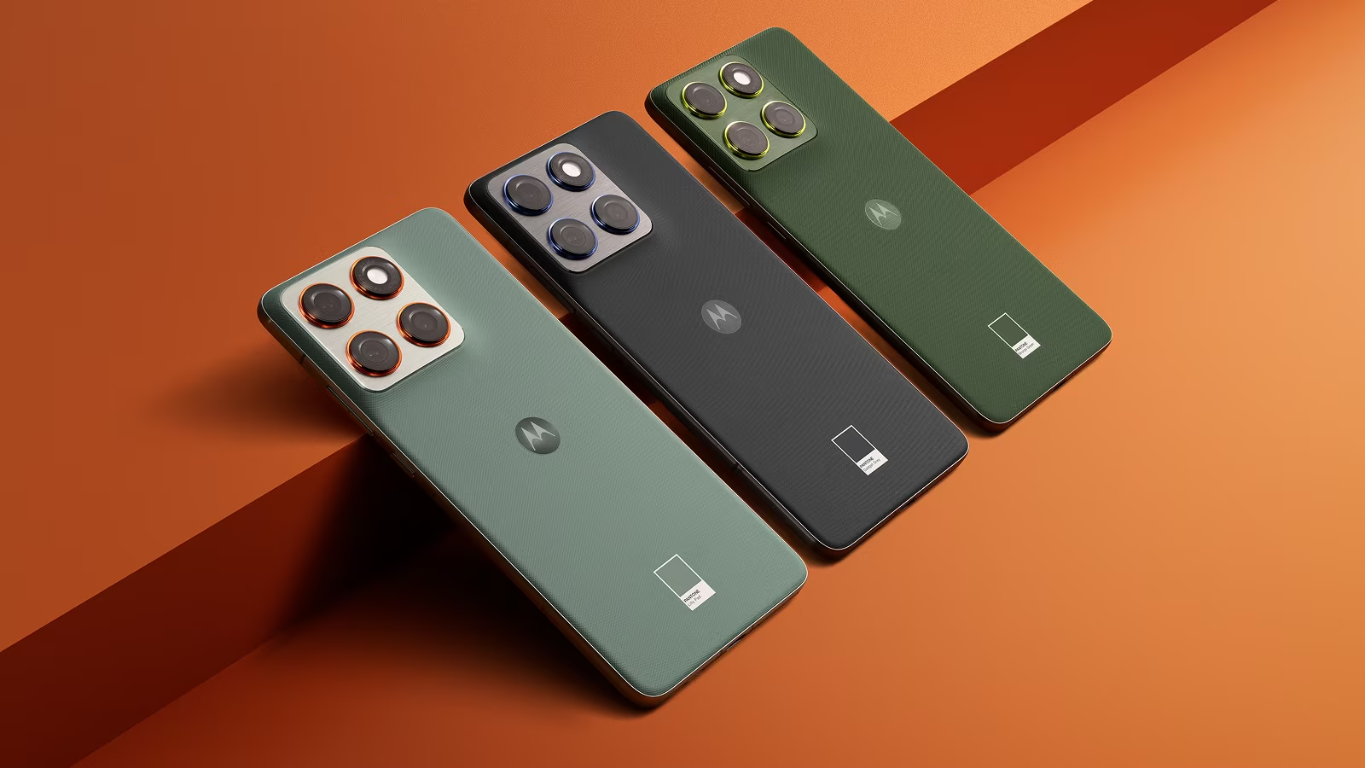
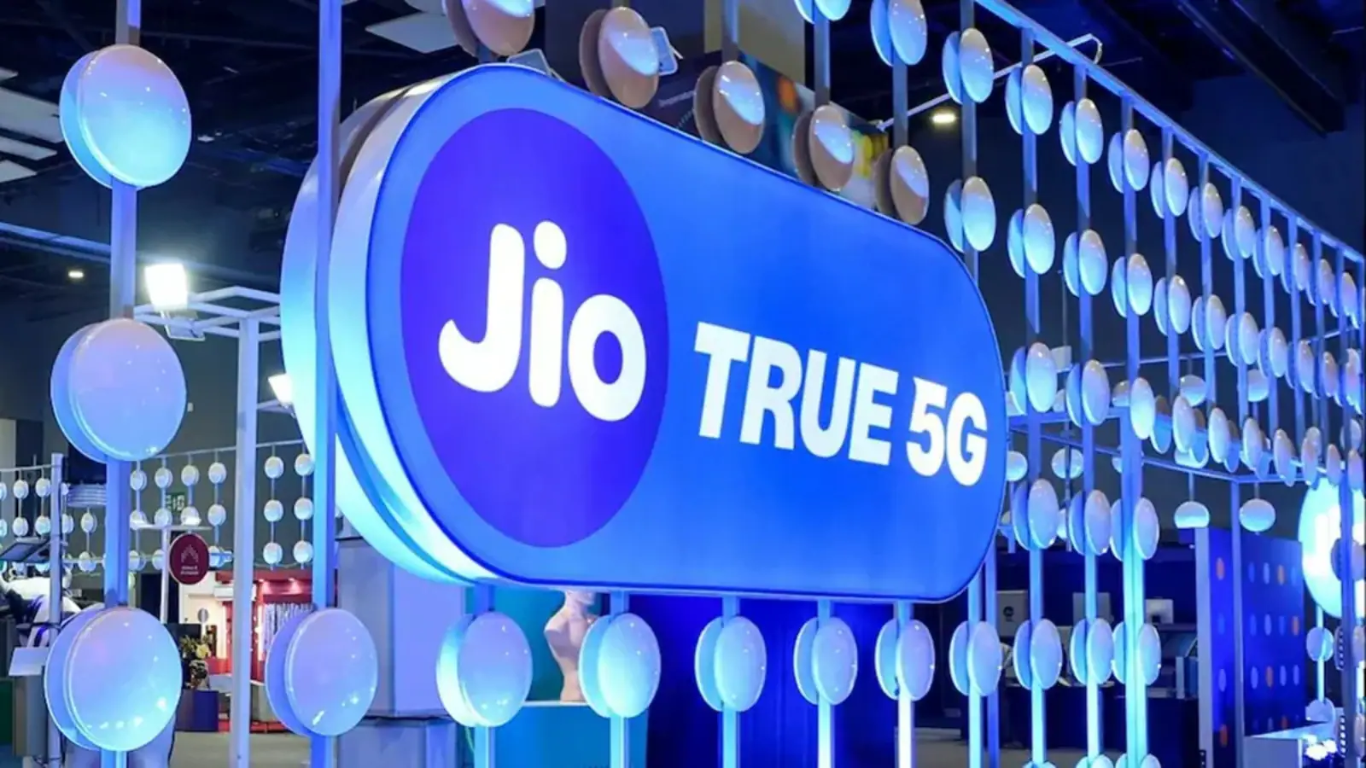


Reviews & Guides
View All
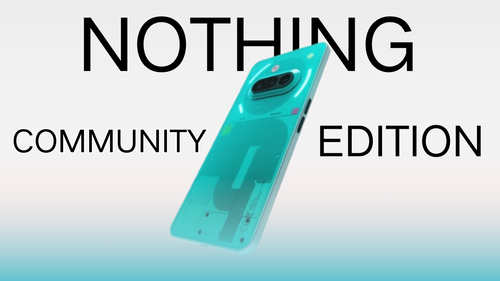
Nothing Phone 3a Community Edition First Impressions: A Fresh Take on Budget Smartphones

Realme P4x 5G Review: Budget-Friendly Beast with Epic Battery Life
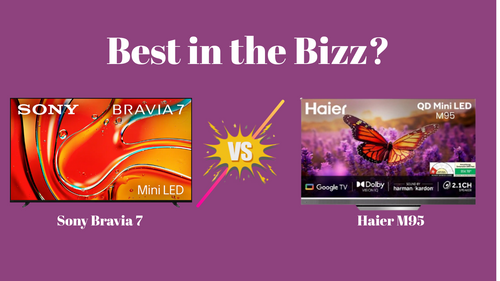
Sony BRAVIA 7 Mini LED K-65XR70 vs. Haier Mini LED H65M95EUX

Samsung QN90F (65QN90FAU) Review: The King of Bright-Room Viewing
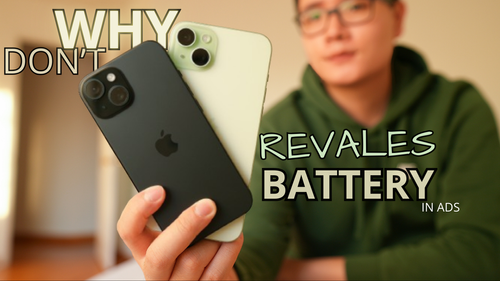
Why doesn’t Apple reveal the iPhone battery in advertisements?

Top 10 camera lenses you should Own in 2025

Donald Trump Watch Collection: Timeless Luxury on the Wrist

Best Smartphones Under 30,000 in 2025







